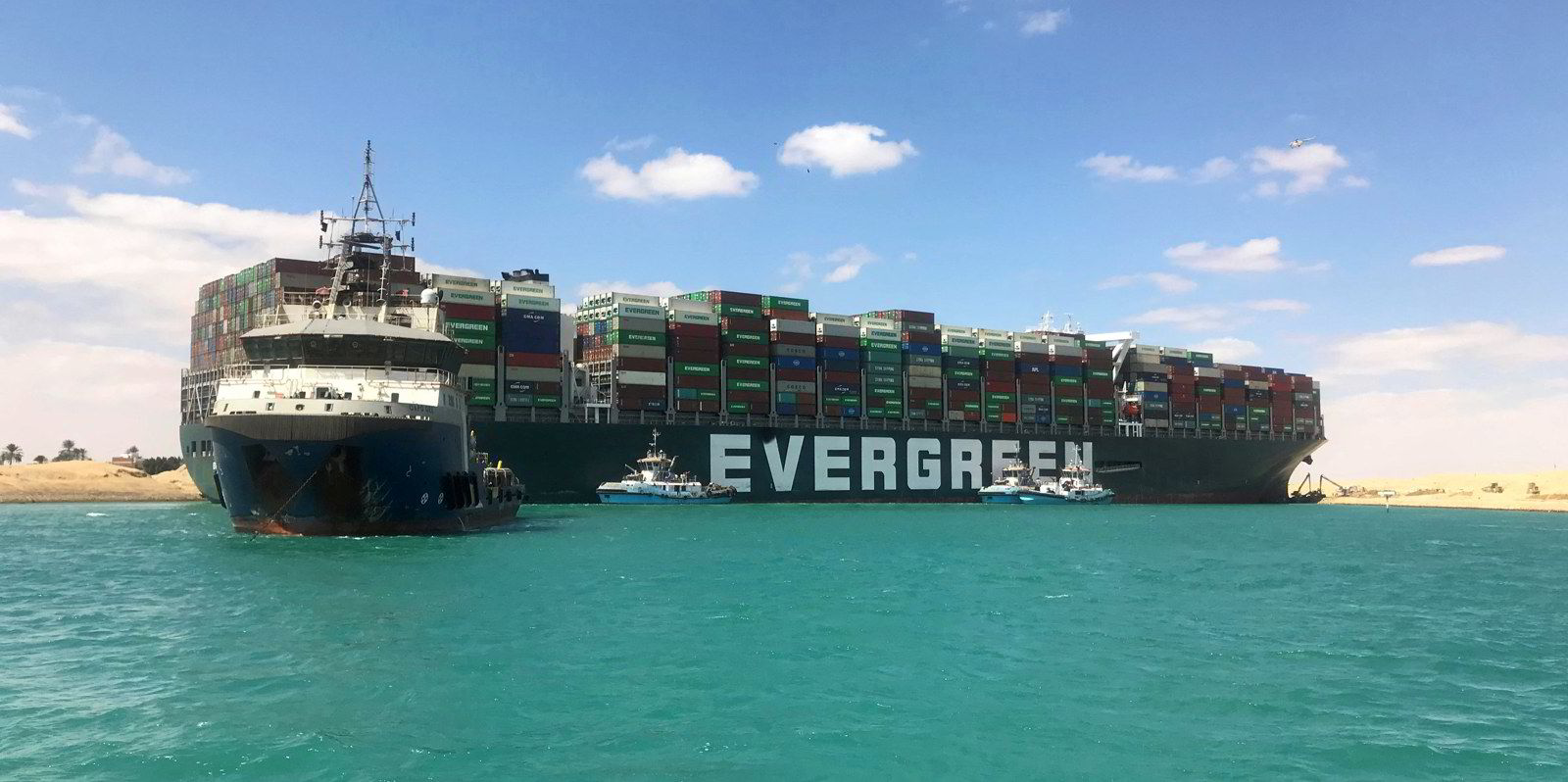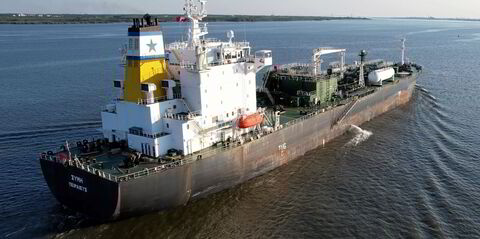Over the past three years, marine underwriters have become increasingly aware of the potential for high-value risk exposures to rapidly develop in modern shipping.
The pandemic, the 20,000-teu Ever Given (built 2018) casualty, port congestion and, most recently, the Ukraine war has resulted in ships, insured for billions of US dollars, becoming concentrated in one high-risk area.
The increasing size and value of shipping assets, and the development of finely tuned just-in-time logistics chains, has played a part in creating the trend.
The clearest example came when the 20,388-te Ever Given (built 2018) created a huge backlog of shipping assets and cargoes at either side of the Suez Canal.
The pandemic resulted in the collapse of the cruise business and led to dozens of luxury cruise ships anchoring off Miami during the hurricane season.
Post-pandemic port congestion has created similar ship log jams in congested areas around the world’s busiest ports.
The Ukraine crisis led to more than 90 ships becoming trapped at Ukraine ports with a war raging around them.
Sam Mellett, business analyst at digital insurance technology company Concirrus, said the accumulation of risk around the Black Sea is the most viewed area of its digital insurance product Quest Marine Hull.
He said he has noticed a significant change in attitude among underwriters toward trying to understand their aggregate risk profiles in response to recent events.
“The thought has always been that because vessels move around needing to know your exposures is not critical, but we’ve seen a real turnaround in that mindset over the last few years,” he said.
In the past, he explained, underwriters relied on Excel spreadsheets that took a day to create to gauge their risk exposure.
But now it can all be done online, and live, through automated intelligent ship data services.
“It has definitively allowed underwriters to be more proactive because they can be more confident with the figures and results they receive, which allows them to be more assertive when they start speaking up the chains,” he said.
Marine insurers have benefitted from the development digital platforms which calculate risk exposure in that it has opened a door for them to talk to their clients.
Underwriters can monitor how their insureds are responding to events, and if they are not taking the appropriate action, it can trigger a discussion with the shipowner, which may not have happened in the past.
“Errors of operation are one of the key risk areas we have in our modelling. For example, if vessels were to be spending, relative to the global fleet, an enhanced amount of time in adverse weather areas such as hurricanes, that would become factors in the modelling that would almost indirectly go back into the underwriting process,” Mellett said.

The other advantage is that underwriters have been able to report to their reinsurers more accurately, and with more transparency, what their exact risk exposure is at any given time.
Alerts, which are triggered when risk limits are exceeded, give added security to both the underwriters and their reinsurers, and that can help when reinsurance contracts are being renegotiated, Mellett said.
“Underwriters can draw a polygon around the Sea of Asov to give clear indications of what the exposures are,” said Mellett.
“You can view these on a snapshot daily basis and show to your reinsurers how exposures are changing over time, and show them that you are underwriting in a proactive way, in which you set up alerts up that will be triggered if exposures breach a certain limit,” he said.
But, do underwriters really need specialist systems like Quest Marine to work out their risk exposure at any time when everyone now having access to ship location platforms like AIS?
Mellett said working out aggregate risk profiles through AIS service providers still takes underwriters’ time.
Remembering his days as a marine underwriter Mellett said: “What we could never do is to link AIS platforms that show vessel data and insurance portfolios so we could look at it seamlessley in real time.
“I think that is where the underwriters have benefitted from Quest because there is no manual work involved with it,” he said.





